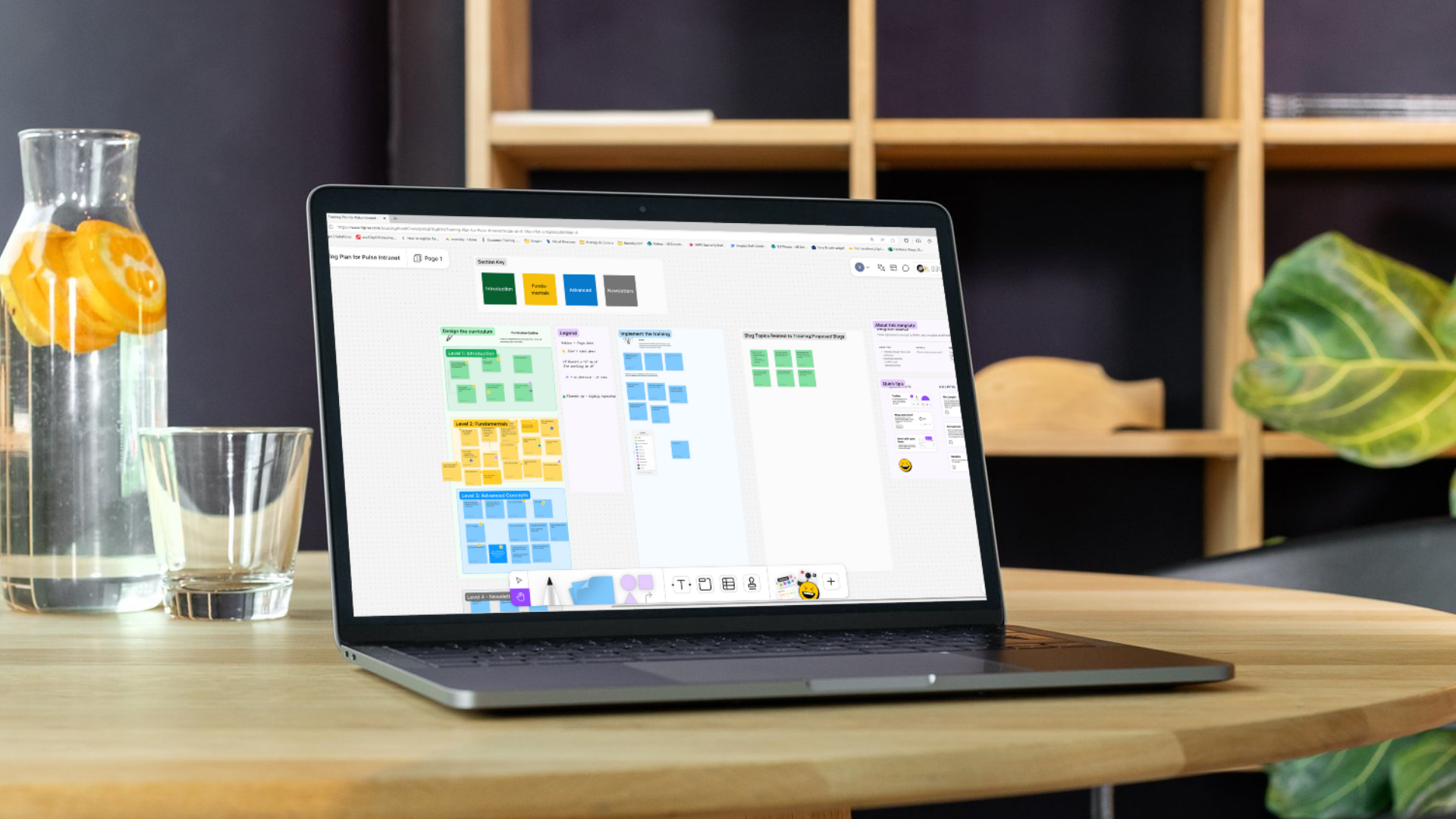
Simpplr Training Site/LMS
One of the 59 sites built on JR Simplot’s intranet is for asynchronous self-training.
Project: Build written and video training materials/LMS on the Pulse intranet
Timeline: 6 months
Number of video tutorials: 19
Materials used: Figma, Camtasia, Adobe Stock, Schure microphone, MS Word, Simpplr
Skills: Writing, video editing, narration, voice editing, music editing, animation, recording
I was tasked with running the new intranet for the J.R. Simplot Company after helping head the migration from their old CMS/intranet (SiteCore). One of our sites focuses on training and information to empower employees to create and maintain their own content. To this end, I developed a training class and materials for blended learning so that end-users could self-serve using asynchronous learning in addition to the classes that I held via Teams video. I developed an onboarding framework designed to enhance digital training efficiency, incorporating key principles in user adoption, instructional design, and content accessibility.
Challenge: To manipulate a platform that is not designed as an LMS to work as one.
A Learning Management System designed for an intranet audience
Intranet Site Dedicated to asynchronous e-Learning
As the sole developer of the LMS dedicated to training content managers, site managers and users of JR Simplot’s intranet (built on the Simpplr platform), I was tasked with putting together a plan that would work within the parameters of the linear style of the intranet.
After 19 or so video tutorials had been created, and many training manuals converted to intranet pages, I was ready to construct a basic and comprehensive micro-site devoted to asynchronous learning.
I used Figma to plot out UX for the pages and sections for ease of use. Building it on a CMS/intranet as a platform that is not quite LMS-friendly was a bit challenging, but rather than using a drill-down form of connectivity, I relied on creating sections (tiles) on the main dashboard, and grouped together those lessons that seemed sequential based on feedback I had gotten from the trainees.
The content in each page could then not only automatically suggest another topic/tutorial using the systems’s built-in neural search topic feature, but I could also add links to that page connecting it to other tutorials to create a cohesive sequential learning system.
Action Mapping
E-learning training was laid out in post-its using various icons to denote importance and validity. If the tutorial was already created, there is a link to it. The icons denote the popularity of the item and whether or not a video tutorial is in the works or has been completed.
The different levels were broken out into groups.
Sequential Learning System
I structured step-by-step learning experiences that guide users seamlessly from one lesson to the next. By incorporating a clear progression with linked tutorials, I create intuitive pathways that enhanced comprehension and engagement. My approach ensured learners were able to build on foundational knowledge while maintaining a logical, interactive flow.
-
We launched a 10-question survey, company-wide, assessing not only how people felt about the new intranet but what they’d like to see. 75% wanted more training to be available.
-
I mapped out the course structure, ensuring sequential learning principles guide content flow.
My tools of choice were Camtasia for editing, Adobe Stock for visuals, and elements designed by our video specialist. I then wrote video scripts that balanced engagement and clarity.
-
I created the video assets, ensuring high-quality visuals and audio for engagement. I recorded the audio in my home studio since it was not provided by the company. I incorporated animations and interactive elements for reinforcement. I then used our CMS as an LMS as our online platform to structure content delivery. I tested the program internally to refine pacing and clarity.
-
I deployed the training through the business’s intranet CMS platform, provided ongoing guidance on accessing materials and tracking its progress, via Teams, meetings with stakeholders, and one-on-one "check-ins."
-
I then collected feedback through informal surveys and post-training assessments to measure comprehension and retention, and refined and iterated based on findings to improve future training programs.

